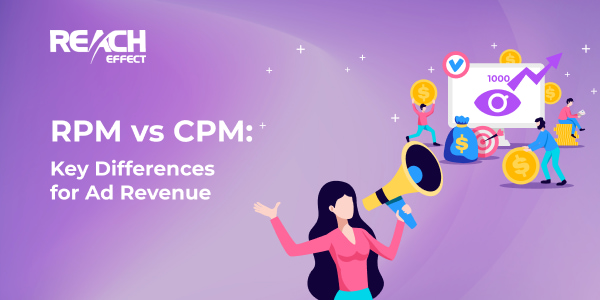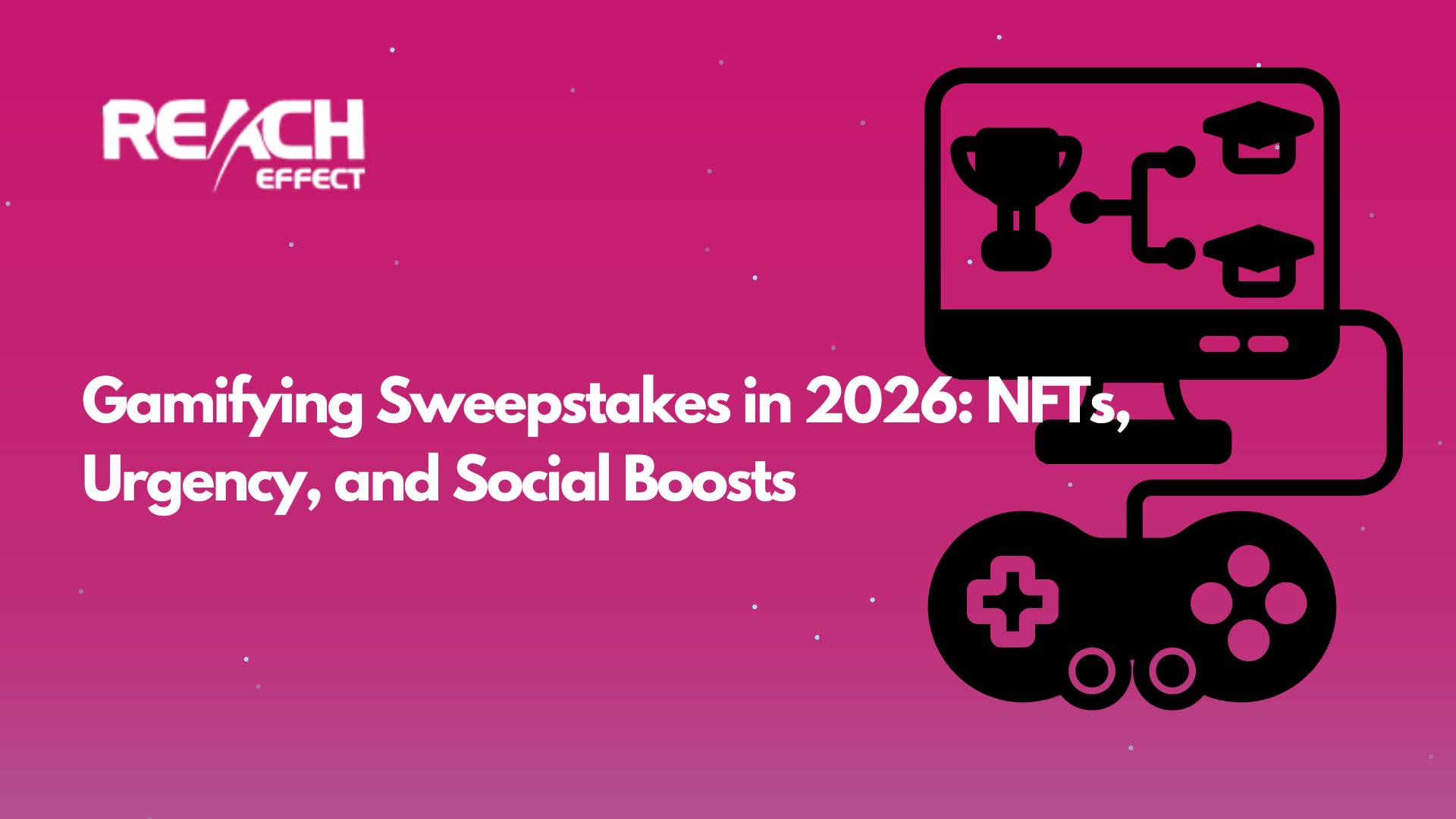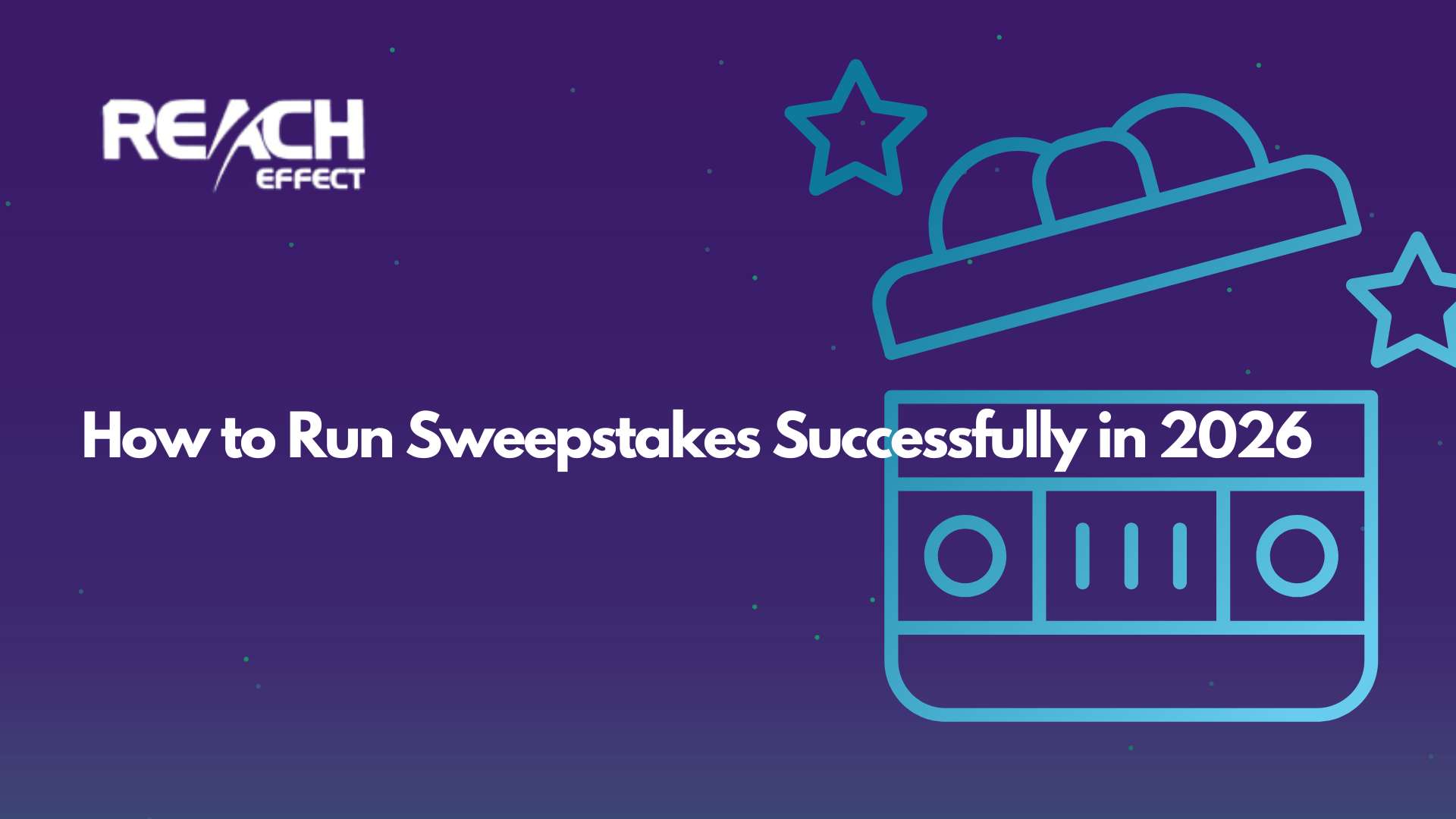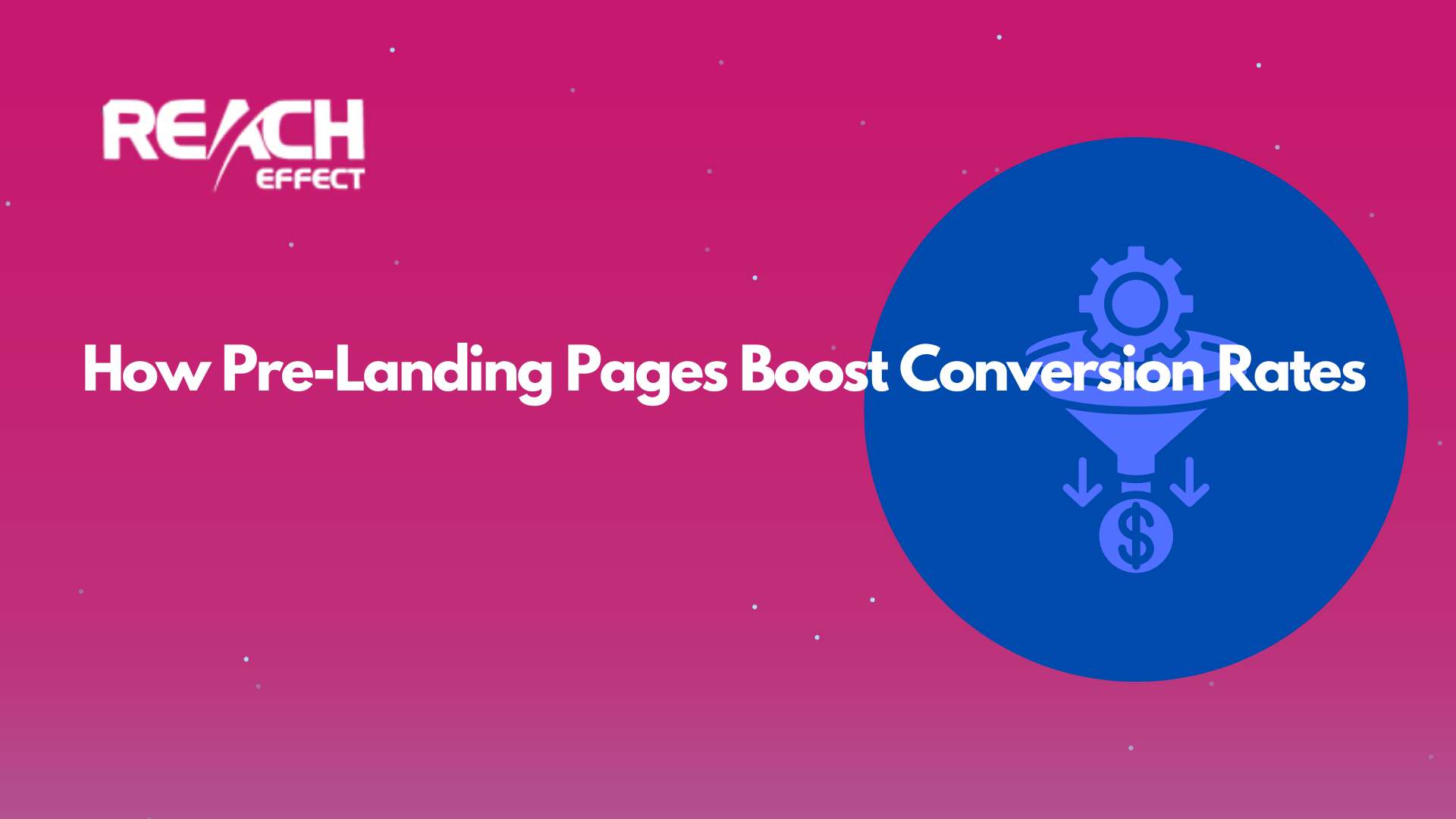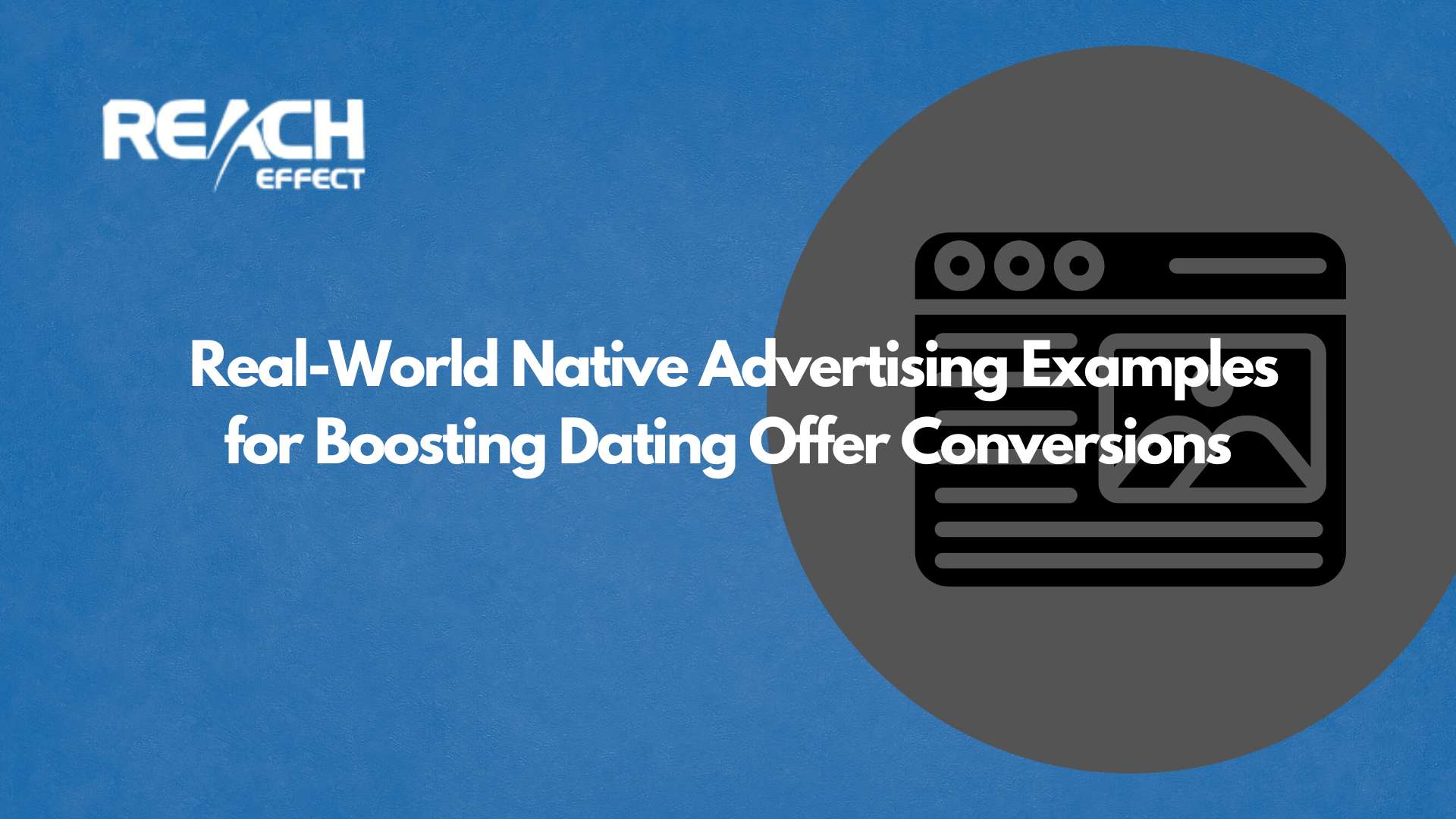If you’re navigating the world of online advertising, understanding the contrasts between RPM vs CPM can make a huge difference in how you manage your ad revenue. Let’s break down these terms and see how they play a role in boosting your income.
Thank you for reading this post, don't forget to subscribe!Definition of RPM (Revenue Per Mille)
RPM, an abbreviation for Revenue Per Mille, acts as your financial compass in online advertising. It’s a nifty but crucial indicator. It shows how much cash flows into your pocket every thousand times your ad captures the gaze of intrigued eyes. In simpler terms, it’s like a money counter that tallies what you’re making for every one thousand pairs of eyeballs that glance at your ad.
Definition of CPM (Cost Per Mille)
CPM, or Cost Per Mille, is the cost you incur for every one thousand ad impressions. It’s the amount you pay to have your ad shown a thousand times. So, CPM represents the spending side of the ad revenue equation.

RPM vs CPM: The Comparison
Now, let’s dive into the specifics of RPM versus CPM:
- Focus: RPM is all about what you earn, while CPM is about what you spend. RPM gives you insights into how much you’re making from your ads, whereas CPM highlights the cost of displaying those ads a thousand times.
- Purpose: RPM primarily benefits the advertisers, as it helps them measure their revenue from ads. CPM, on the other hand, focuses on the advertiser’s expenses in getting those ads in front of their target audience.
- Optimization: Boosting your RPM ads means finding ways to increase your earnings per impression. For higher CPM, you may target ad placements that come at a higher cost. Both aspects are vital for enhancing your ad revenue.
- Platform Support: When you use reacheffect.staging.mysecurepage.net for your ad campaigns, you have access to efficient tools that help you track RPM and CPM effectively. This platform equips you with the resources you need to fine-tune your ad revenue strategy.
- Harmonious Metrics: RPM and CPM metrics work hand in hand. By understanding both, you can make well-informed decisions about your advertising strategy. You can adjust your ad rates based on CPM expenses while also optimizing your earnings with RPM.
Conclusion
In the realm of online advertising, grasping the concepts of RPM and CPM is vital for achieving the best results. RPM tells you what you’re earning, and CPM metrics reveal what you’re spending. By making a deposit with reacheffect.staging.mysecurepage.net, you can actively manage your traffic and use these metrics to maximize your ad revenue. Don’t miss the opportunity to enhance your ad income with precision. Start using ReachEffect today and take control of your online advertising efforts.

